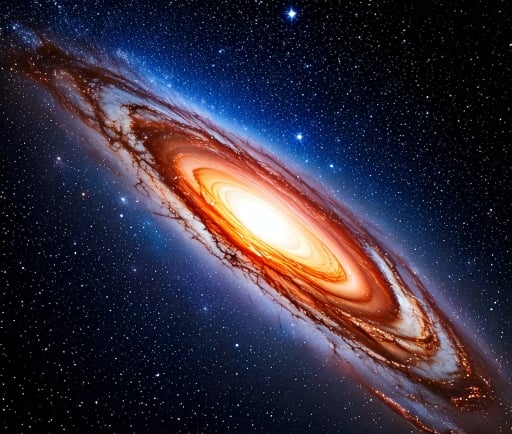The Future of Our Galaxy: The Milky Way and Andromeda Collision


Introduction to Galactic Collisions
In the vast expanse of the universe, celestial events constantly reshape the cosmic landscape. One of the most prominent anticipated events is the collision between the Milky Way and the Andromeda Galaxy, projected to occur in approximately 4 billion years. This monumental encounter will create a symphony of new stars, systems, and planets, reshaping the galactic map as we know it.
The Collision Timeline
As our Milky Way Galaxy and the Andromeda Galaxy approach each other, their gravitational forces will dramatically affect their trajectories. Recent simulations suggest that these two colossal galaxies are on a direct route towards a spectacular merger. Over the course of several stages spanning billions of years, this cataclysmic interaction will initiate the formation of new stars and planetary systems amidst the swirling gas and dust that constitute these galaxies.
The Birth of New Celestial Bodies
As the Milky Way and Andromeda collide, the immense energy released during this event will give rise to numerous stellar nurseries, where new stars will ignite. The merging galaxies will trigger a series of gravitational interactions that compress molecular clouds, thus creating new stars and possibly spawning entire solar systems from the remnants of both galaxies. Nebulae—vast clouds of gas and dust—will serve as the breeding ground for these new celestial entities, illuminating the previously dark voids of space.
Additionally, this collision will alter the existing galactic structures, with many stars being ejected into intergalactic space while others may enter an entirely new stellar formation. This dynamic process merges the galactic cores, leading to the formation of a larger elliptical galaxy, often informally referred to as 'Milkomeda.' The energy released during this time will also lead to the development of new pathways of light in the cosmos, illuminating the night sky with a beautiful display of new star formations and galactic arcs.
While the event may sound catastrophic, it is essential to understand that the vast distances between individual stars mean that direct collisions are unlikely. Instead, the interaction will result in a gradual reshaping of both galaxies, enriching the existing galactic environment with fresh stellar bodies and nebulae.
Conclusion: Embracing the Cosmic Future
The impending collision of the Milky Way and Andromeda serves as a reminder of the dynamic and ever-evolving nature of our universe. This event, though billions of years away, excites astronomers and enthusiasts alike, as it holds the promise of a spectacular transformation of our cosmic neighborhood. Understanding these cycles of creation not only intrigues our imagination but also fosters a deeper appreciation for the intricate processes that govern the universe.
